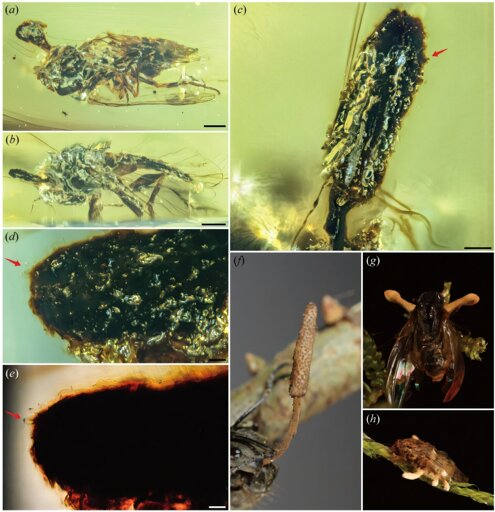Results indicated that Ophiocordyceps likely emerged during the Early Cretaceous, about 133.25 million years ago, earlier than previously proposed estimates of ~100 million years. Ancestral state reconstructions suggest that the genus initially parasitized beetles before undergoing host shifts to Lepidoptera and Hymenoptera during the Cretaceous. Researchers inferred that these transitions coincided with the diversification of moths and ants, which offered new ecological opportunities for fungal specialization.
The authors concluded that the fossils not only document some of the oldest evidence of insect-pathogenic fungi but also support the view that Ophiocordyceps diversified in tandem with its insect hosts.
You must log in or # to comment.


